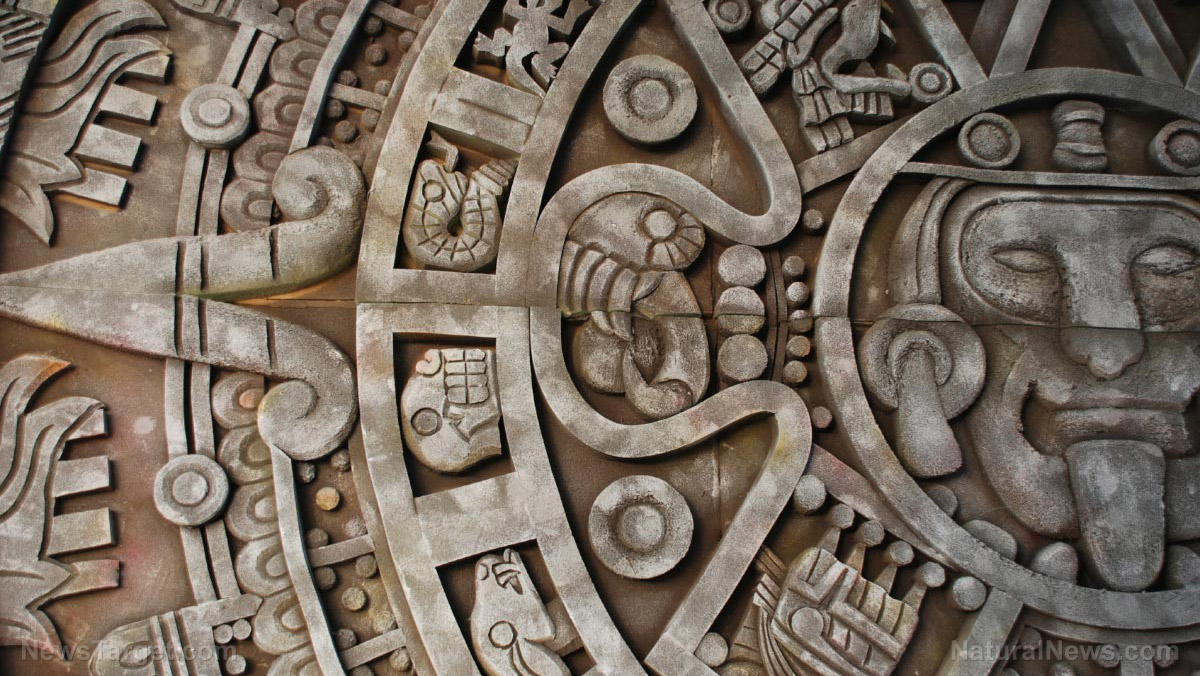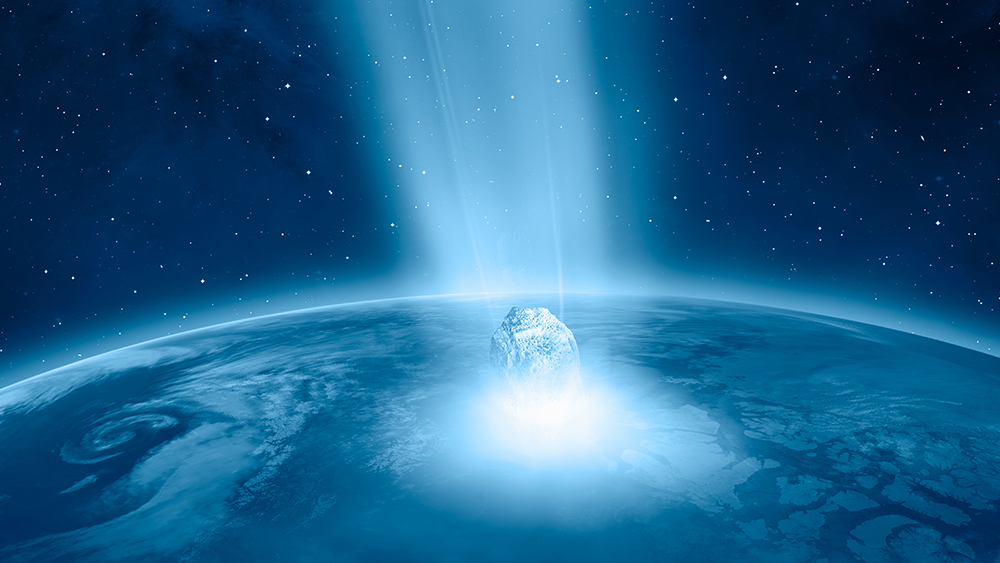Over 5,000 tons of extraterrestrial dust from comets and asteroids bombard Earth every year – study
04/19/2021 / By Virgilio Marin

In a study published on April 15 in the journal Earth and Planetary Science Letters, an international team of researchers found that more than 5,000 tons of extraterrestrial dust fall on the planet every year.
Tiny meteors in the form of interplanetary dust bombard Earth all the time. Some of these particles travel at exceptional speeds and turn into shooting stars in the process. Some survive the fiery trek through Earth’s atmosphere and reach the ground to become micrometeorites, which are dust-sized extraterrestrial rocks that land on the planet’s surface.
Now, by scouring Antarctica for micrometeorites, the researchers were able to quantify how much interplanetary dust hit Earth on average.
Looking for interplanetary dust in Antarctica
The solar system teems with interplanetary dust particles shed from asteroids and comets. Some of these particles get pulled into Earth’s orbit and nosedive to the planet at extreme speeds. This fallout of dust happens every day but is seldom observed because the particles measure only a few tenths to hundredths of a millimeter. If these tiny specks of dust reach the ground, they are impossible to tell apart from normal, terrestrial dust.
Over the last two decades, Jean Duprat, a scientist at the French National Center for Scientific Research and one of the researchers in the study, led six expeditions near the French-Italian research facility Concordia Station, or Dome C, in Antarctica.
Located nearly 700 miles off the coast of Adelie Land in the middle of the continent, the area around Dome C is an ideal collection spot because it receives small amounts of snow and is virtually devoid of any terrestrial dust.
Through the expeditions, the researchers were able to collect enough extraterrestrial dust particles that ranged from 30 to 350 micrometers wide to measure their annual flux – the total mass that accreted on Earth’s surface per square meter every year.
The team’s measurements showed that the annual flux of interplanetary dust for the entire planet is around 5,200 tons per year. Meanwhile, larger objects such as meteors, which range between the size of a pebble to a fist, average less than 10 tons annually, suggesting that cosmic dust is the main source of alien matter on the planet. The researchers also found that 80 percent of Earth’s micrometeorites might have come from comets while the rest were from asteroids.
Overall, scientists can use these findings to model Earth’s formation and better understand the potential role of interplanetary dust in supplying water to the planet. (Related: Asteroids impacting Mars may explain where all the water came from.)
Mars also shed interplanetary dust
A recent study from the National Aeronautics and Space Administration (NASA) suggests that comets and asteroids are not the only sources of interplanetary dust in the solar system. Published last month, the study shows that Mars may also litter space with dust through its perennial dust storms.
Researchers arrived at this conclusion after analyzing the data accidentally taken by NASA’s Juno, the Jupiter-bound spacecraft that was launched in 2011 to study the gas giant. During its years-long voyage, Juno flew through a dust cloud near-Earth and was immediately pelted by tiny grains of rocks. The spacecraft’s cameras were able to record these impacts and detected unfamiliar pieces of cosmic debris.
After analyzing images from Juno, the researchers found that the majority of the impacts occurred between Earth and the asteroid belt. This suggested that the dust cloud extends from Earth to just beyond Mars, where the influence of Jupiter’s gravity acts as a barrier.
Known as orbital resonance, this gravitational influence prevents dust particles from traveling any further into deep space. Additionally, it keeps dust in deep space from entering the inner solar system.
The Jovian gravity barrier also indicated that the dust particles move in a nearly circular orbit around the sun. Because Mars, the dustiest planet in the solar system, is the nearest planet to the dust cloud with a circular orbit, the researchers concluded that the Red Planet also sheds dust particles into space through its dust storms.
Visit Space.news for more stories about the solar system and the strange objects that populate it.
Sources include:
Submit a correction >>
Tagged Under:
Antarctica, asteroids, breakthrough, comets, cool science, cosmic, discoveries, dust cloud, Earth, interplanetary dust, Mars, meteors, research, solar system, Space, space exploration
This article may contain statements that reflect the opinion of the author
RECENT NEWS & ARTICLES
COPYRIGHT © 2017 RESEARCH NEWS




















